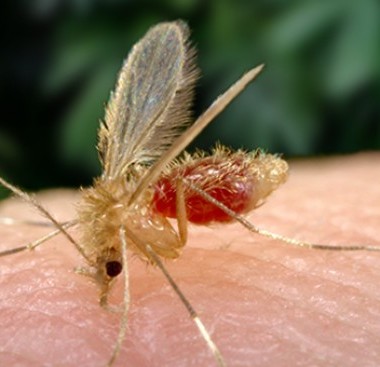TERRORISTS RELEASE MINK, DESTROY RECORDS TO INTIMIDATE FUR FARMERS AND RETAILERS
By: Staff Date: 01/16/2012 Category: | Animal Rights Extremism |
Campaign is world-wide
As fur sales rise, anti-fur terrorists are escalating their attacks on farmers, retailers, and researchers in a world-wide campaign to disrupt the industry. Farms in the US, Finland, and England have been raided, records have been destroyed, and mink and foxes have been released to die on highways and at the hands of frightened families. Stores have been vandalized, the letters "ALF" etched on windows and spray-painted on walls. In Bloomfield Hills, Michigan, demonstrators blocked the entrance to a fur store to protest a fashion show for the benefit of Children's Hospital in Detroit.
Terrorists in England added thousands of mink to an environment already suffering from a large population of these North American natives. Many of the released mink were killed on the roads; others, showing no fear of humans, attacked pets, killed birds in a sanctuary, and entered homes and other buildings. Angry British citizens armed themselves with air guns and clubs to protect themselves and their families from these voracious and curious predators.
In Finland, ALF members released more thousands of mink, destroyed a farmer's records, and threatened to shut down all mink farms that didn't close voluntarily after this season. Many of the Finnish minks also died in traffic.
In the US, the Fur Commission USA has compiled a list of three dozen anti-fur actions and suspicious activities from June 12-September 6, including break-ins at fur farms, a vaccine research facility, and a feed cooperative; strange phone calls and visits; and incidents involving unfamiliar vehicles parked near fur farms. Some of the vehicles had license plates that had been issued to cars of different descriptions; at lest one had been reported stolen.
Raiders released 2000 mink at a farm in Beloit, Wisconsin, 2500 mink at a farm in Pearl Lake, Minnesota, and 2800 mink in Rochester, Minnesota; they cut fencing at all three places. A break-in and release of 3000 mink at a Jewell, Iowa, farm was preceded by spotting of an unidentified vehicle about a mile from the farm on the previous day.
An Eden, Wisconsin, mink farmer spotted several unidentified vehicles parked near his property late one evening. The next night, he discovered four people crawling in the grass outside the farm; they fled when he turned on the lights.
A mink farmer in Central City, Nebraska, hired a night watchman after a suspicious phone call from someone claiming to be a 911 operator checking addresses and an unknown van cruised by his mailbox. The next night, the watchman surprised an intruder wearing night vision equipment in the mink sheds. The watchman fired three shots in the air; the intruder fled.
The Fur Commission is urging fur farmers to improve security measures and work with law enforcement officials when they think they are being watched.
Backlash
Animal rights activists contend that mink are better off "free" than confined to cages and killed for fur, even if they ultimately end up dead under the wheels of a car or by shotgun, but British newspapers are reporting that this latest spate of attacks has backfired. Residents are angry that dangerous animals have been set loose and fur farmers are hardening their resolve to fight a proposed ban on their industry.
Chris Milsom, manager of a wild bird sanctuary in England, armed himself with a shotgun after mink killed three of his birds. Other residents carried clubs or air guns to hunt the mink or protect themselves from the ravenous animals.
Along with alarming the citizens, the mink releases have stiffened the backbone of farmers. In a feature story about fur farming in the London Sunday Telegraph, September 6, a mink farmer told the reporter: "I'm as security conscious as I can be. That said, I always carry a shotgun if I'm checking the place late at night." This farmer keeps tabs on the ALF website to see when they next plan to visit his farm. "I won't be intimidated ..." he said.
The story also included a statement from Dr. Georgia Mason, a zoologist at Oxford University who has studied mink farming.
"I still maintain that, compared with other intensive farming practices, mink farming is the best example and gives the least cause for concern," she said. "The animals always look fit and healthy and they are not scared of humans."
In the US, fur farmers are releasing information about terrorist forays through the Fur Commission, working with law enforcement, and finding strength in cooperation. No doubt encouraged by the price of pelts, they are standing fast.
Fur is back
In spite of the criminal efforts of animal rights terrorists, the fur industry is recovering from its doldrums of the late 1980s and early 1990s. According to the Fur Information Council of America, more designers are using furs for whole garments, for trim, for novelties, and for accessories from handbags to barrettes.
Fur accessories can bring younger consumers into the market, according to an overview of the fur industry, and fashion magazines are helping fuel the upward trend by running more pages of ads for fur items and by highlighting trends for retailers.
About The Author
All Authors Of This Article: | Norma Bennett Woolf |












